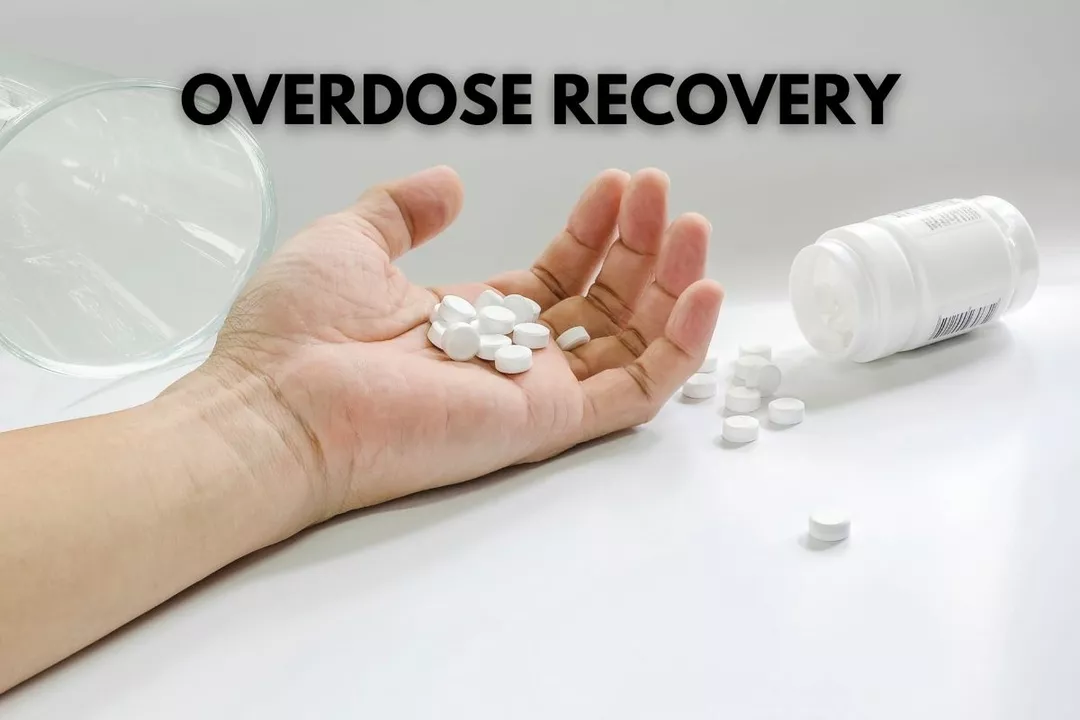Besifloxacin: practical guide to this antibiotic eye drop
Besifloxacin (brand name Besivance) is an antibiotic eye drop doctors use for bacterial conjunctivitis — the red, sticky, often gunky eye infection many people call "pink eye." It’s a topical fluoroquinolone designed to kill bacteria right where the infection is, so blood levels stay very low and most side effects are local to the eye.
How to use besifloxacin drops
Follow your prescriber's directions, but the common approach is one drop in the affected eye(s) three times a day for seven days. Before you put a drop in: wash your hands, tilt your head back, pull the lower lid to make a small pocket, squeeze one drop in, then close your eye for a minute. Press the inner corner of the eye gently to limit drainage into your nose. Avoid touching the bottle tip to your eye or lashes — that can contaminate the medicine.
If you wear contact lenses, take them out before using the drops. Many doctors advise keeping lenses out until the infection clears and you finish treatment. If your doctor prescribes other eye medicines, wait at least five minutes between different drops to avoid washing one out with another.
What to watch for: side effects, safety and tips
Most people only notice mild, short-lived irritation: burning, stinging, temporary blurred vision, or redness. Serious allergic reactions are rare but need urgent care — swelling, trouble breathing, or severe eye pain are red flags. Besifloxacin is for bacterial infections only; it won’t help viral or allergic conjunctivitis and using antibiotics unnecessarily can promote resistant bacteria.
There’s minimal risk of systemic drug interactions because it’s used in the eye, but always tell your doctor about other eye treatments or medical conditions. If symptoms don’t improve after 48–72 hours, or if vision worsens, call your prescriber. Also, complete the full prescribed course even if the eye looks better early — stopping too soon can let bacteria come back stronger.
Buying tips: besifloxacin usually requires a prescription. If you buy online, choose a licensed pharmacy that asks for a valid prescription, shows clear contact info, and has independent reviews. Our site reviews and price comparisons can help spot reputable sellers. Be cautious with sites that offer prescription meds without asking for a prescription — that’s risky.
Storage and practical notes: keep the bottle capped and store at room temperature away from direct heat and sunlight. Check the label for any product-specific storage or discard instructions. If the solution changes color or has particles, don’t use it — get a new bottle.
Quick checklist before using besifloxacin: confirm your infection is bacterial, follow dosing exactly, don’t share the bottle, remove contact lenses during treatment, and get medical help if things get worse. That keeps treatment safe and helps the eye heal fast.
In my latest blog post, I've put together a comprehensive guide on managing Besifloxacin overdose and toxicity. This guide covers important steps to take if you suspect an overdose, such as seeking immediate medical attention and closely monitoring symptoms. Additionally, it delves into preventive measures we can adopt to avoid an overdose in the first place. The blog emphasizes the importance of following prescribed dosage guidelines and being aware of potential drug interactions. Stay informed and safe by checking out my full guide on this crucial topic.

